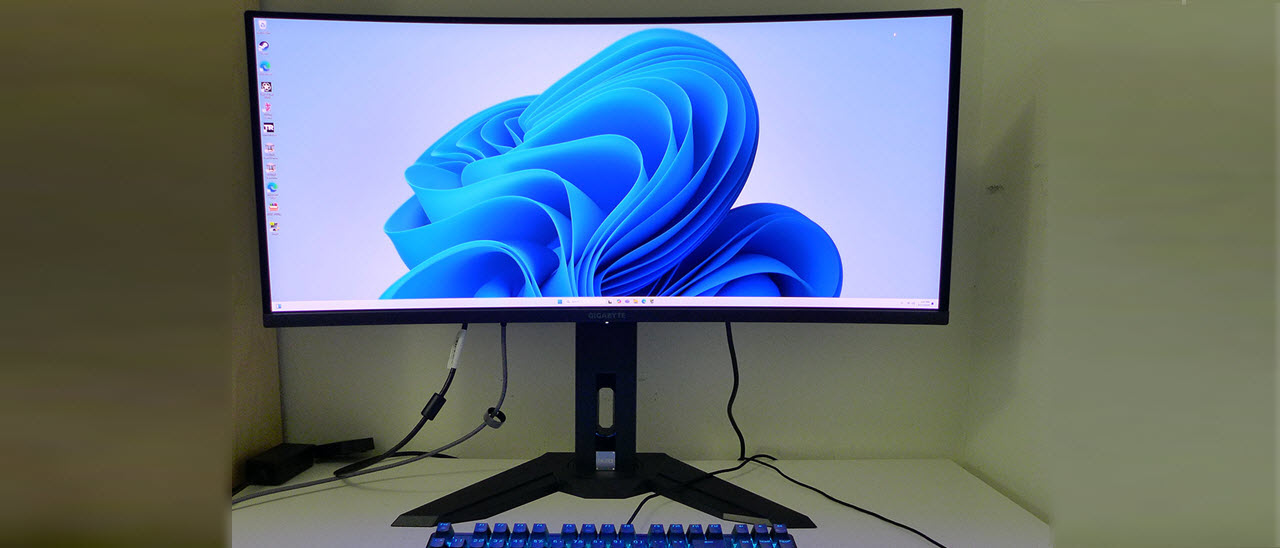Why you can trust Tom's Hardware
In wrapping up another OLED gaming monitor review, I’m finding it hard to say anything new about the genre as a whole. Now that one can buy a 240 Hz OLED display in multiple resolutions and sizes, there is almost nothing to differentiate them. Some are brighter than others, but that’s a very minor and largely useless specification. If you can top 400 nits for HDR, which all of them can, the picture will be stunning, and more nits won’t make much difference. Quantum Dots make a difference you can see so that’s something you can base a purchase decision on. Pro tip: go for QD-OLEDs, they’re more colorful.

I can find nothing negative about the Gigabyte MO34WQC2. It has those Quantum Dots, so it covers more than 110% of DCI-P3. It’s one of the most colorful monitors you can buy of any kind. It’s supremely accurate too, a bit more so than its competitors. That’s a small point because all the OLEDs I’ve reviewed have accurate color. But if you’re picky, that’s a point in Gigabyte’s favor. It’s also plenty bright. There are brighter OLEDs, but once output levels are equalized, the images are indistinguishable.
The MO34WQC2’s gaming performance is superb. The only miss is a strobe feature, but that will only be a factor if you have to run slower than 150 fps. In my gameplay sessions, there was no motion blur at any time and Adaptive-Sync ran perfectly. Video processing can’t get any better than that. In addition, the MO34WQC2’s input lag was lower than all but one other 240 Hz ultra,-wide so that is something a potential buyer might consider.
I had hoped that a Gigabyte-branded monitor might be a few bucks less expensive than the premium Aorus screens I’ve reviewed, but the MO34WQC2 is still around $1,000. This is typical of the genre so that isn’t a negative. And I’m sure prices will fall eventually. For now, this is a premium display with a stunning image and fantastic gaming that should be on your shopping list.
MORE: Best Gaming Monitors
MORE: How We Test PC Monitors
MORE: How to Buy a PC Monitor
Get Tom's Hardware's best news and in-depth reviews, straight to your inbox.
MORE: How to Choose the Best HDR Monitor

Christian Eberle is a Contributing Editor for Tom's Hardware US. He's a veteran reviewer of A/V equipment, specializing in monitors. Christian began his obsession with tech when he built his first PC in 1991, a 286 running DOS 3.0 at a blazing 12MHz. In 2006, he undertook training from the Imaging Science Foundation in video calibration and testing and thus started a passion for precise imaging that persists to this day. He is also a professional musician with a degree from the New England Conservatory as a classical bassoonist which he used to good effect as a performer with the West Point Army Band from 1987 to 2013. He enjoys watching movies and listening to high-end audio in his custom-built home theater and can be seen riding trails near his home on a race-ready ICE VTX recumbent trike. Christian enjoys the endless summer in Florida where he lives with his wife and Chihuahua and plays with orchestras around the state.

